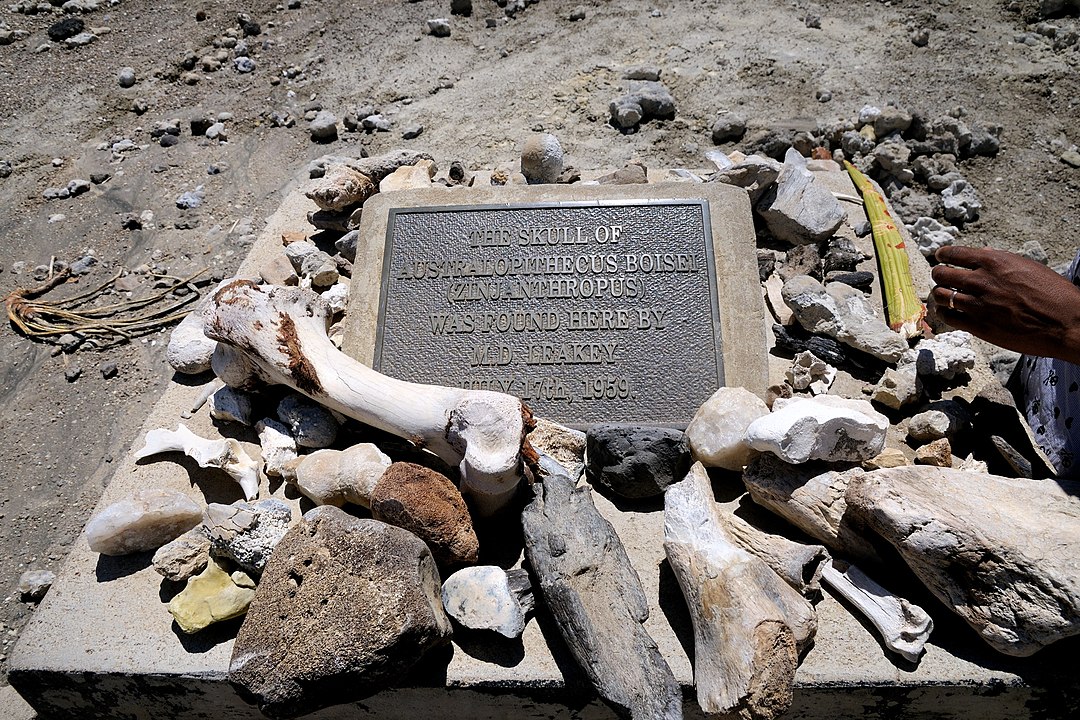Olduvai Gorge, located in the Great Rift Valley of Tanzania, is renowned as one of the most important paleoanthropological sites in the world. This significant archaeological treasure has yielded fossilized remains of early humans and prehistoric tools dating back over two million years, providing crucial insights into the evolutionary history of our species.
Discovered in the early 20th century by paleontologists Louis and Mary Leakey, Olduvai Gorge has since been a focal point of scientific research, shedding light on human ancestors such as Australopithecus and Homo habilis. The gorge’s sedimentary layers have preserved a wealth of artifacts and fossilized remains, offering a vivid timeline of human evolution and cultural development in East Africa.


Beyond its scientific importance, Olduvai Gorge holds cultural significance for local Maasai communities and visitors alike, who come to explore its ancient landscapes and learn about the origins of humanity. Today, ongoing research and preservation efforts continue to uncover new discoveries, making Olduvai Gorge a vital cornerstone in our understanding of human origins and the rich tapestry of life on Earth.
